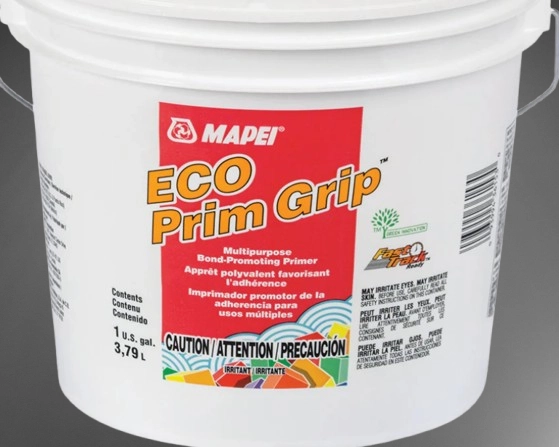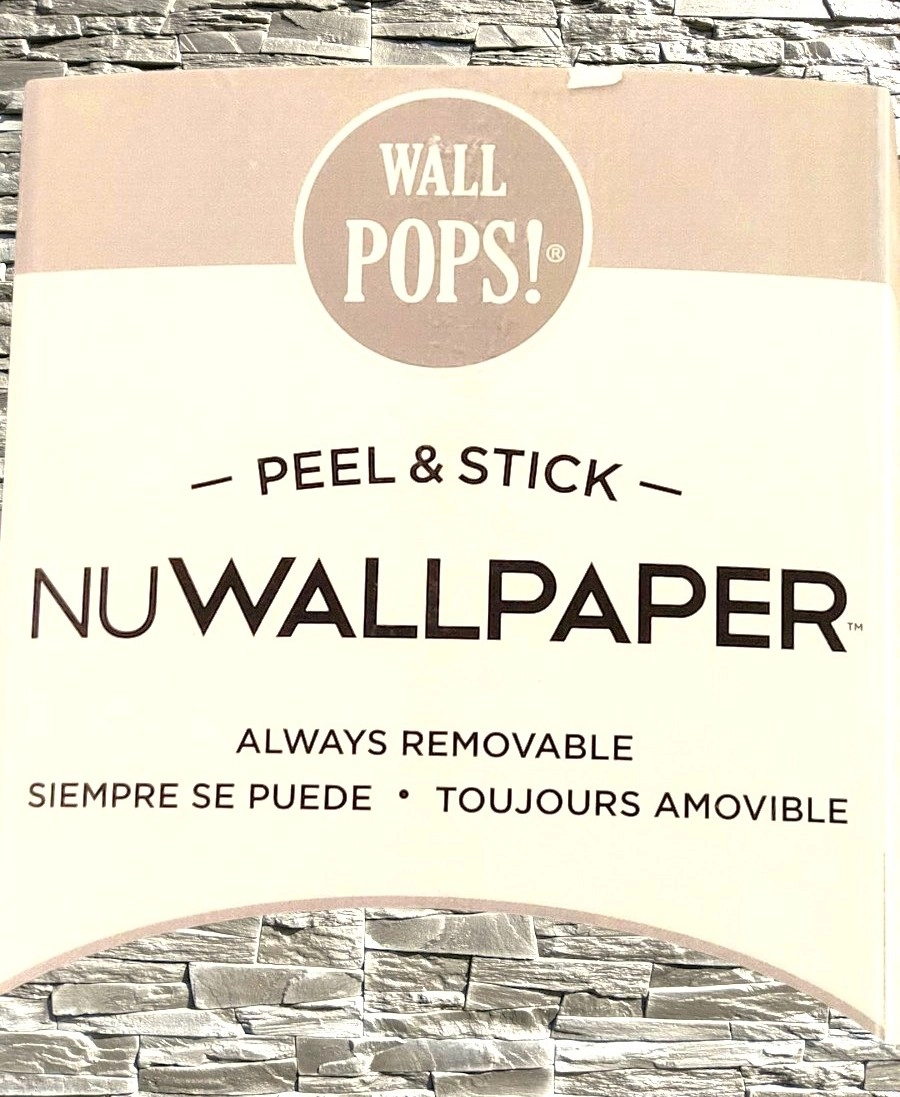ECO Prim Grip Alternatives

A fantastic all-purpose bond-promoting primer is ECO Prim Grip. ECO Prim Grip is primarily used to increase the adherence of leveling compounds, adhesives, and renders on walls and floors.
It is simple to apply with a roller brush and comes in a ready-to-use box. It can be applied to non-absorbent substrates and contains low volatile organic compounds.
This universal bond-promoting primer’s main disadvantage is its limited availability. It can be difficult to find in hardware stores and well-known e-commerce sites like Amazon.
Therefore, it’s a good idea to become familiar with some of the well-liked ECO Prim Grip substitutes if you’re in dire need of a multifunctional primer.
I’ll contrast some of the top substitutes for ECO Prim Grip in the guide below, along with the characteristics that set them apart.
1. Multipurpose Primer Ardex P4
The Ardex P4 is the greatest substitute for the ECO Prim Grip. In addition to being a universal primer, the Ardex P4 and ECO Prim Grip are very comparable. They are both ready-mixed, solvent-free, and dry quickly.
The primary distinction is that the Ardex can be purchased online and is marginally more readily available in hardware stores. Like its predecessor, the Ardex P4 Primer is suitable for both exterior and interior construction applications. Its special consistency during application keeps spills and leaking at bay.
Leveling chemicals and common tile adhesives can be applied after this all-purpose bond-promoting primer. The Ardex P4’s ability to produce a textured grip is another distinctive feature.
As a result, tile-on-tile installations are compatible with this primer. It makes it unnecessary to take out old tiles before putting in new ones.
High-humidity environments are ideal for Ardex P4, which may be applied to a variety of substrates, including tile, terrazzo, concrete, and smoothing agents.
For every 2 kg of primer, the manufacturer advises adding a quarter liter of water if you plan to apply it on porous surfaces.
You can obtain the Ardex P4 in place of the ECO Prim Grip if you go into a store and it’s not there.
2. Prime-N-Bond by Laticrete
Another well-known producer in the building sector is Laticrete. It follows that their Prime-N-Bond is among the best substitutes for ECO Prim Grip.
A single-coat, ready-to-use primer called Prime-N-Bond helps mortars and adhesives adhere firmly to substrates. This substitute generates fewer volatile organic compounds (VOCs) than ECO Prim Grip, making it a safe choice.
The Prime-N-Bond, in contrast to MAPEI’s multifunctional primer, is distributed by a number of distributors around the country. As a result, Prime-N-Bond is simpler to obtain.
Applying this all-purpose floor and wall primer is simple and requires no mixing. It greatly increases mortars’ adherence to substrates with little absorption.
Prime-N-Bond can be used with self-leveling materials in addition to mortars. It comes in white. As a result, you don’t need to be concerned about it discoloring tile or stone.
Prime-N-Bond is a great substitute, however it’s best suited for interior use exclusively. It is important for you to remember this.
However, it can be used on a variety of surfaces, including marble, tile, terrazzo, vinyl, natural stone, and epoxy coating.
3. Multipurpose Liquid Rubber Primer
You should give the one made by Liquid Rubber serious consideration if you’re searching for an ECO Prim Grip substitute for wood substrates.
Despite being a multifunctional primer that may be used to concrete and other surfaces, it performs best on walls or floors made of wood.
The Liquid Rubber multipurpose primer offers a fast-drying composition and minimal volatile organic compounds (VOCs), just as ECO Prim Grip.
It is a powerful bonding agent that is comparatively simple to use. For mortars and substrates to form a solid bond, just one or two coatings are required.
This universal primer’s ability to form a flexible membrane that keeps out water, salt, and UV rays is one of its main advantages. Therefore, using this primer gives you an extra layer of protection in addition to adhesion.
The water-based Liquid Rubber primer reduces peeling and bubbling.
4. Multipurpose Primer by TEC
You can always use TEC’s multifunctional primer if you can’t find ECO Prim Grim. This primer is based on acrylic latex and works well with leveling compounds. Because this glue is more suitable, it is the best option for constructing a floor with TEC goods.
The TEC primer is different from the ECO Prim Grip in that it may be applied on latex or acrylic-treated substrates, metal, and gypsum.
Without being concerned about the weather, you may use it on both indoor and outdoor floors. Additionally, it performs remarkably well on porous surfaces.
Due to its low volatile organic compound (VOC) emissions, this multipurpose primer is suitable to use in small areas. It is also widely accessible.
5. Multipurpose Primer by BAUMERK
The TEC and this kind of primer belong to the same category. They are perfect substitutes for the ECO Prim Grip and are both made of acrylic.
Since the BAUMERK is less well-known than its competitors, it is more of a hidden gem. However, it forges a solid connection between different substrates and mortars or adhesives.
Similar to ECO Prim Grip, the BAUMERK primer is suitable for both indoor and outdoor use. It will fill up any fissures and encourage adhesion when applied to a substrate.
Additionally, this primer makes the surface it is treated to more rigid. This primer can be applied with a standard brush or roller.
This versatile primer has a similar flaw as ECO Prim Grip, while being a perfect substitute. Both of them are hard to find.
6. Multipurpose Sherwin-Williams Primer
The name Sherwin Williams is not new to the construction industry. This trustworthy company also produces a multifunctional primer that can be used as an alternative to ECO Grip Primer.
You should be aware that this product emits very little volatile organic compounds. The multipurpose primer from Sherwin-Williams dries quickly and gives top coats a consistent look.
This primer, in contrast to the ECO Prim Grip, seals stains caused by tar, water, or other substances. Additionally, it sticks to shiny surfaces nicely.
Since it is a latex primer, it can be used for both exterior and interior work.
How Can I Pick the Best Eco Prim Grip Substitute?
The top six ECO Prim Grip substitutes available on the market are listed above. You must remember, though, that not every option will work for your project.
When looking for an Eco Prim Grip replacement, keep the following important considerations in mind.
- Harmony
I’ve always emphasized how important it is to only buy things from the same manufacturer. Use a multipurpose primer from the same company if you are using a self-leveling product from MAPEI. This also holds true for TEC and the other brands mentioned above. This guarantees compatibility.
- Formula
As you can see from the ECO Prim Grip alternatives listed above, primers are made using a variety of formulations. Depending on the job, you must choose the appropriate formula.
Use acrylic primers when working on surfaces with low adherence. However, in terms of volatile organic compounds, latex primers are a safer choice.
- The hue
The final finish is determined by the color of your primer, particularly if you plan to cover the wall or floor with transparent stone or tile. The most neutral color you can use is clear.
Conversely, grey could make the finish darker. Make sure the primer matches the color of the finish you plan to apply.

